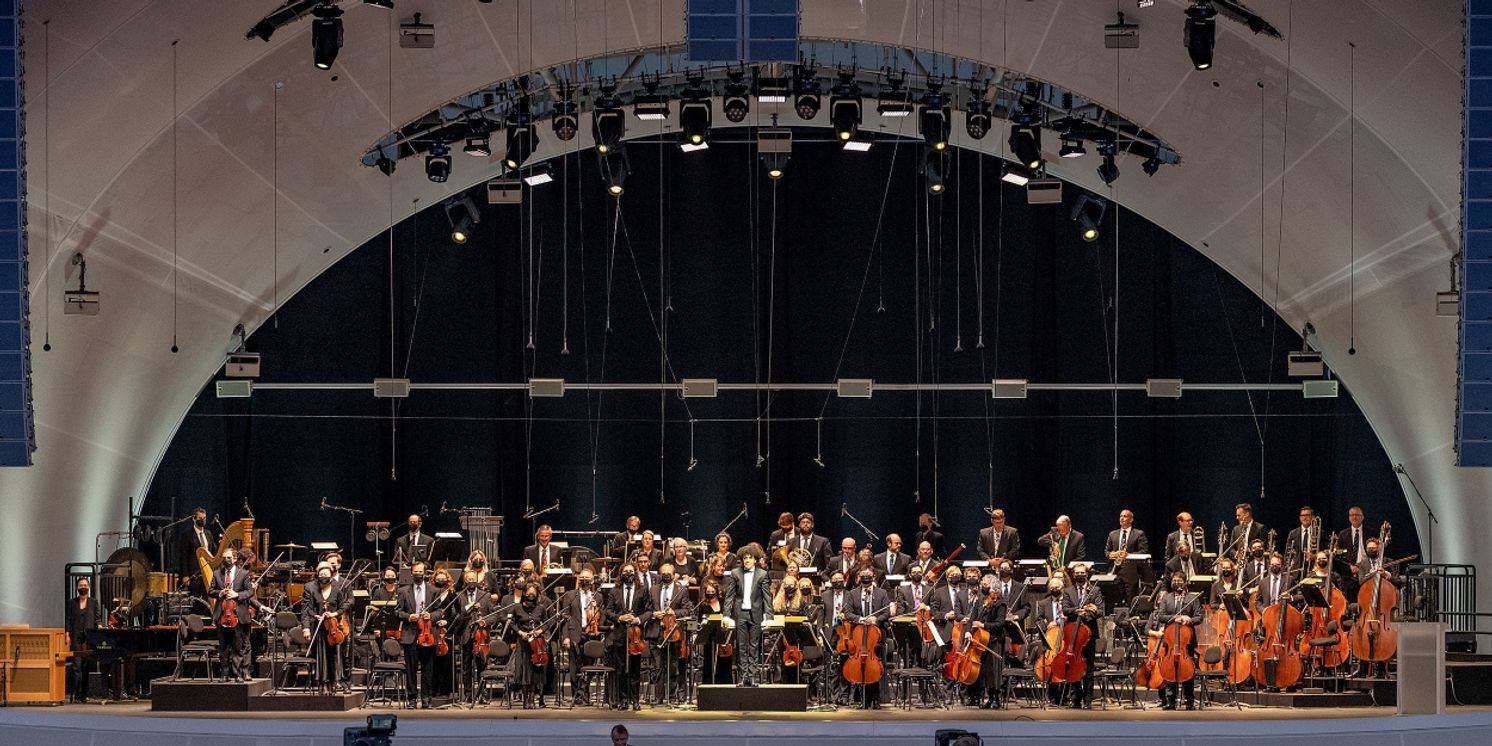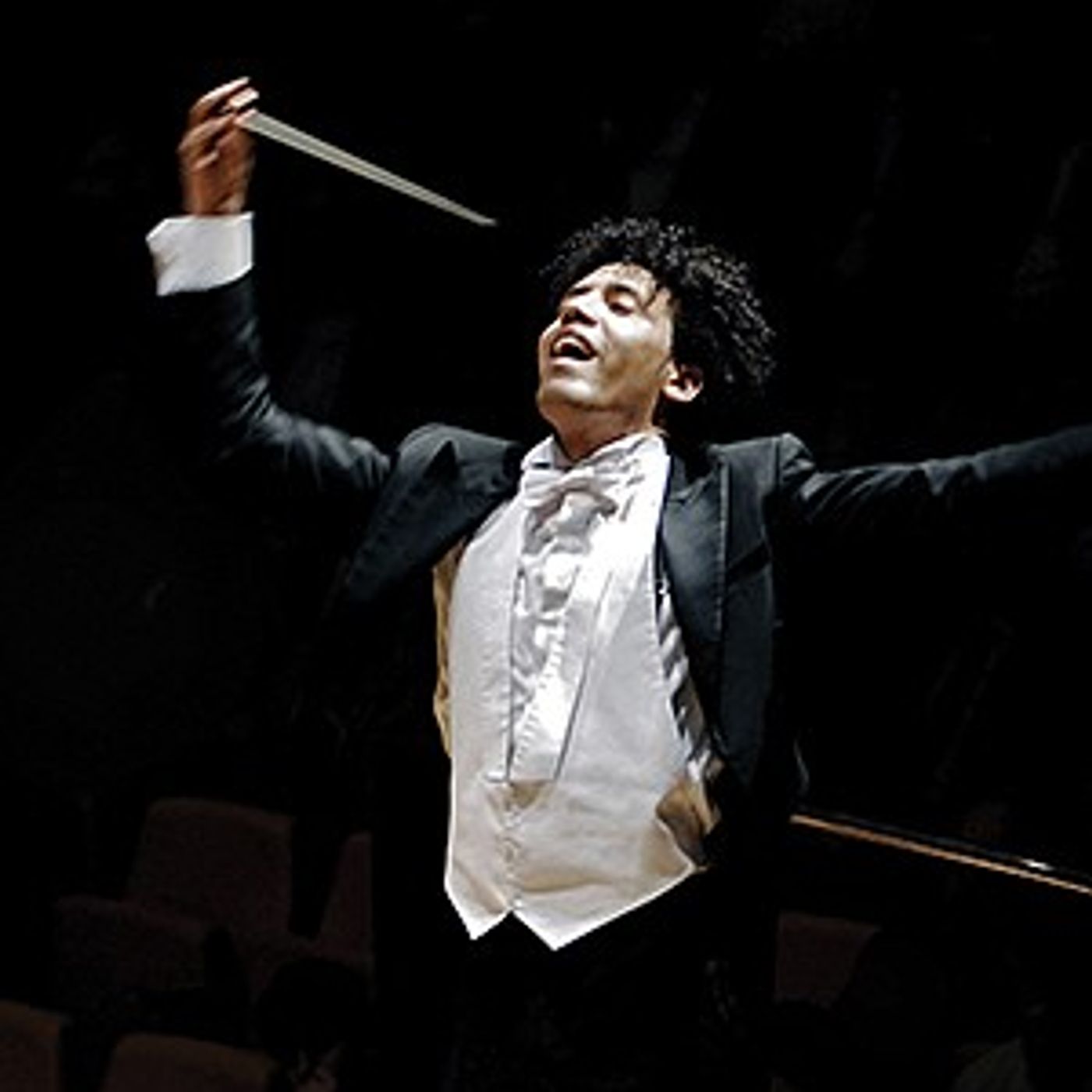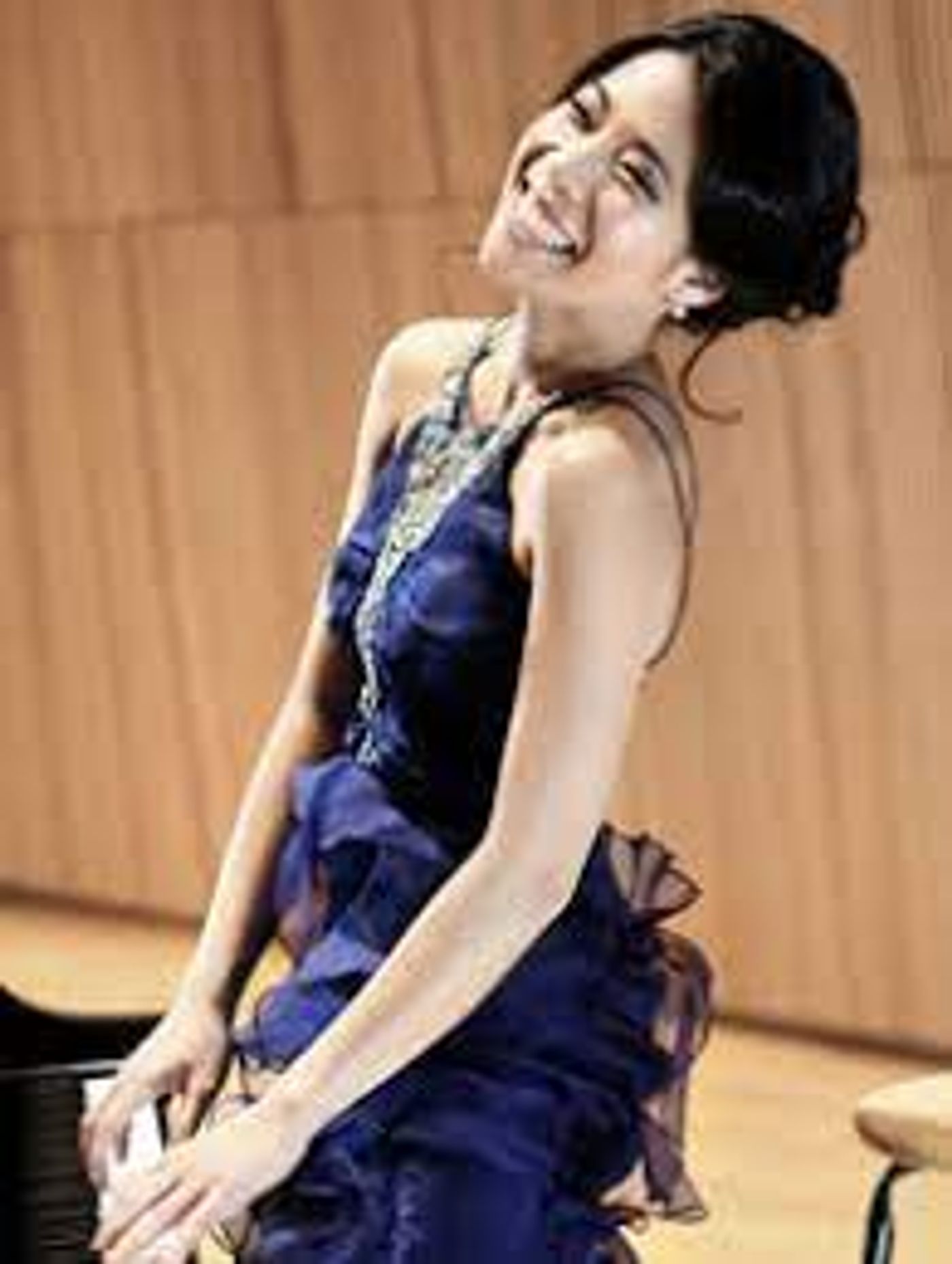Review: SAN DIEGO SYMPHONY CONCERT at The Rady Shell
A Westcoast Premiere

I'd been to The Rady Shell seven or eight times over the past year and consistently praised the experience. It's an exceptional place for outdoor concerts, and the sound often rivals that of a good hall. It's a lot to live up to, and although the musicians played with their usual skill and passion, the opening of the San Diego Symphony's second summer season at the new venue disappointed.

Maestro Rafael Payare opened the program with a fleet spirited version of Hector Berlioz's "Le corsair" Overture, a show piece for sections and soloists, all of them more than up to the task. Unfortunately, the huge barge carrying the fireworks that would end the evening arrived as the piece began, and powerful rumbling engines competed all too successfully with Berlioz's marvelous orchestration. Woodwinds fared the worst, often lost as noise from the bay seemed determined to add to the colors chosen by Berlioz.
The Westcoast premiere of Reinaldo Moya's 2021 Concerto for Piano, Strings and Percussion was next on the program, a creative work inspired by the art of Venezuela's Carlos Cruz-Diez. In pre-concert remarks Symphony CEO Martha Gilmer had set the stage for the premiere in a pants suit with vertical black and white stripes perhaps hinting at the striking geometric patterns often used by Cruz-Diez and mimicked musically by Moya. The piece is in five movements, each related to a different Cruz-Diez painting displayed in turn on side-screens as a movement began.
The abstract paintings achieve their effects with vibrant, luminous colors, often in the shape of rows or columns of identically sized strips, the colors sometimes overlaying each other to produce a different shade. Moya, an exceptional orchestrator, took an analogous approach with an abstraction made of musical colors. But while Cruz-Diez's shapes have a deceptive simplicity, it is much harder to understand the "shapes" of the concerto's melodic lines for they appear amidst the complex rhythms of numerous percussion instruments and with frequent sudden jumps from one instrument or register to another. A melody moving from piano to a tuned block of wood to a violin is difficult to follow. In the unusual mix of complexity and minimalism, Latin rhythms and melodic fragments morph into passages reminiscent of the plink-plank-plunk serialism so dear to the hearts of 20th Century academics.
If there were empty seats anywhere in the amphitheater, I didn't see them. It's likely many came to see

piano-soloist Joyce Yang. I haven't mentioned her to this point because, although the piano is often prominent, it isn't an equal or dominant partner, sometimes seeming more a part of the percussion section.
Having premiered the work just last year, Yang was reading the score from a tablet. Video side-screens showed her intense concentration and the emotions she felt as she played. Camera work was impeccable throughout the concert, switching perfectly as different sections or soloists deserved the limelight.
By this time competition from harbor vessels was no longer a problem, but Payare did delay one of the movements to allow passage of a low-flying helicopter. (In my many visits to the Rady, this was the first time interference from sea and air spoiled the mood.)
Contemporary Ukrainian composer Valentyn Silvestrov's short "Prayer for the Ukraine" opened the second half and was followed by a moment of silence in recognition of that nation's current struggle. The piece's simple emotional appeal made for quite a contrast with the complex intellectual challenges of the earlier concerto.
The concert closed with a second piece based on the musical interpretation of an artist's work, Mussorgsky's Pictures at an Exhibition, written after the composer visited a Viktor Hartmann exhibition and later orchestrated by Ravel. Mussorgsky used the prevailing harmonic and rhythmic conventions of Romanticism to evoke the emotions he felt while viewing Hartmann's decidedly non-abstract works. The piece's lasting popularity is evidence of how well he succeeded, from the lugubrious ox-drawn cart of "Bydlo" to the delightful "Ballet of the Chicks in Their Shells." Ten paintings in total are portrayed, and a "Promenade" theme appears four times to indicate a stroll through the gallery. The piece and the concert concluded with another reference to Ukraine, ironically a Russian composer's impression of "The Great Gate of Kiev." It's one of the most magnificent and stirring pieces in all of classical music. Payare went for grandeur and succeeded, though with a pace a bit slower than I prefer, perhaps in recognition of the current situation. (Or maybe just an indication of why I will never have two world-famous orchestras and guest appearances with many others.)
Soon after the music ended the barge came back to life, and, possibly embarrassed about earlier awful timing, brought the evening to a close with a spectacular fireworks display, one unlikely to be improved upon by the many to come on the 4th. I came close to forgiving it for joining the orchestra in "Le corsair."
The concert took place on June 24, 2022, at Jacobs Park in The Rady Shell.
Times and ticket information for a full season of concerts at The Rady are available at the San Diego Symphony website.
Reader Reviews

Videos

